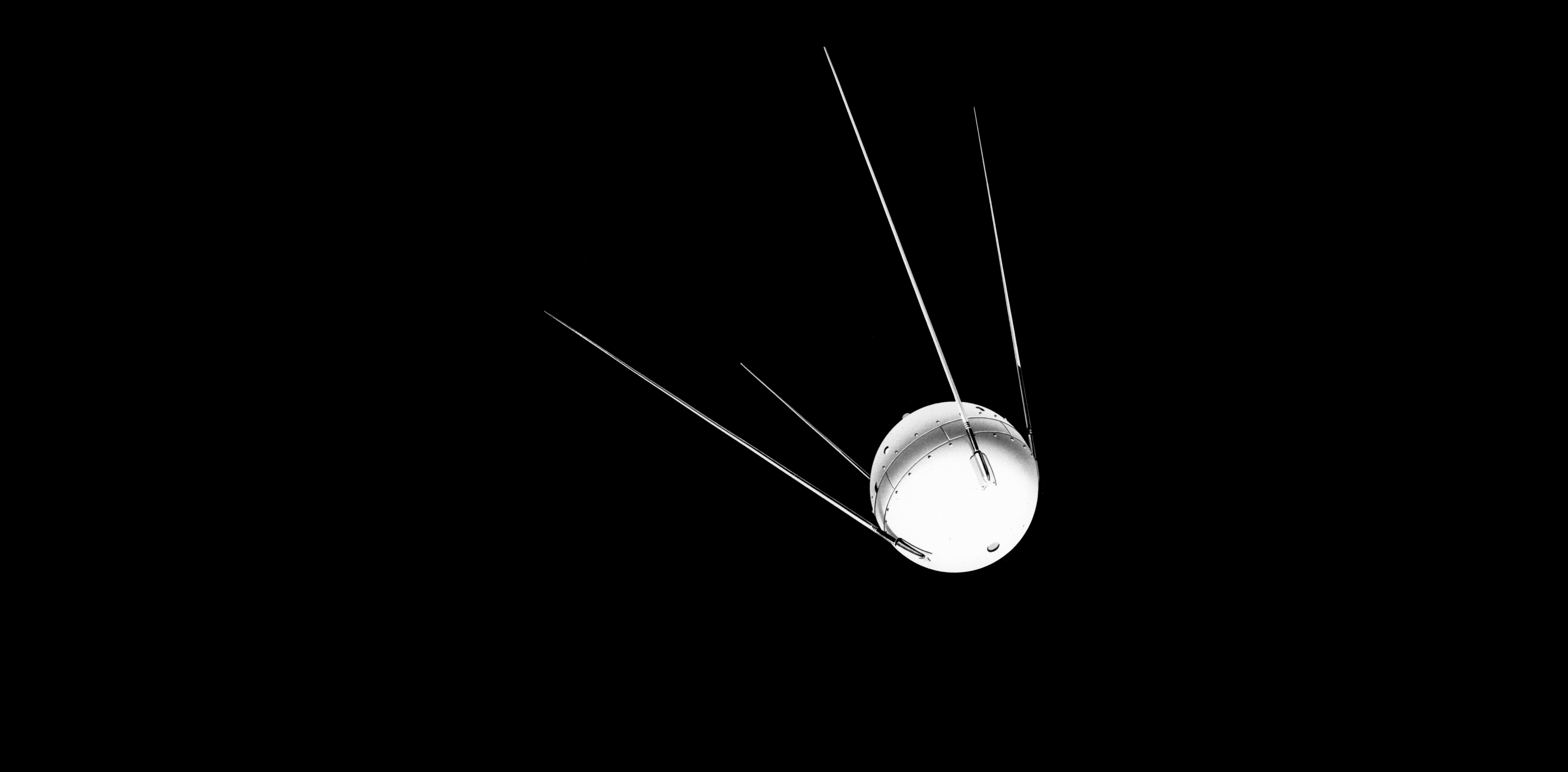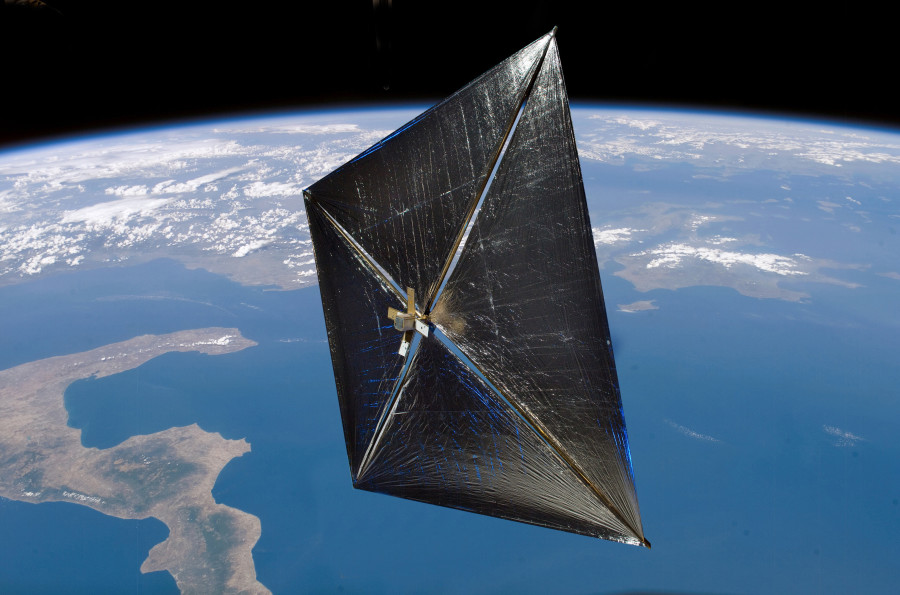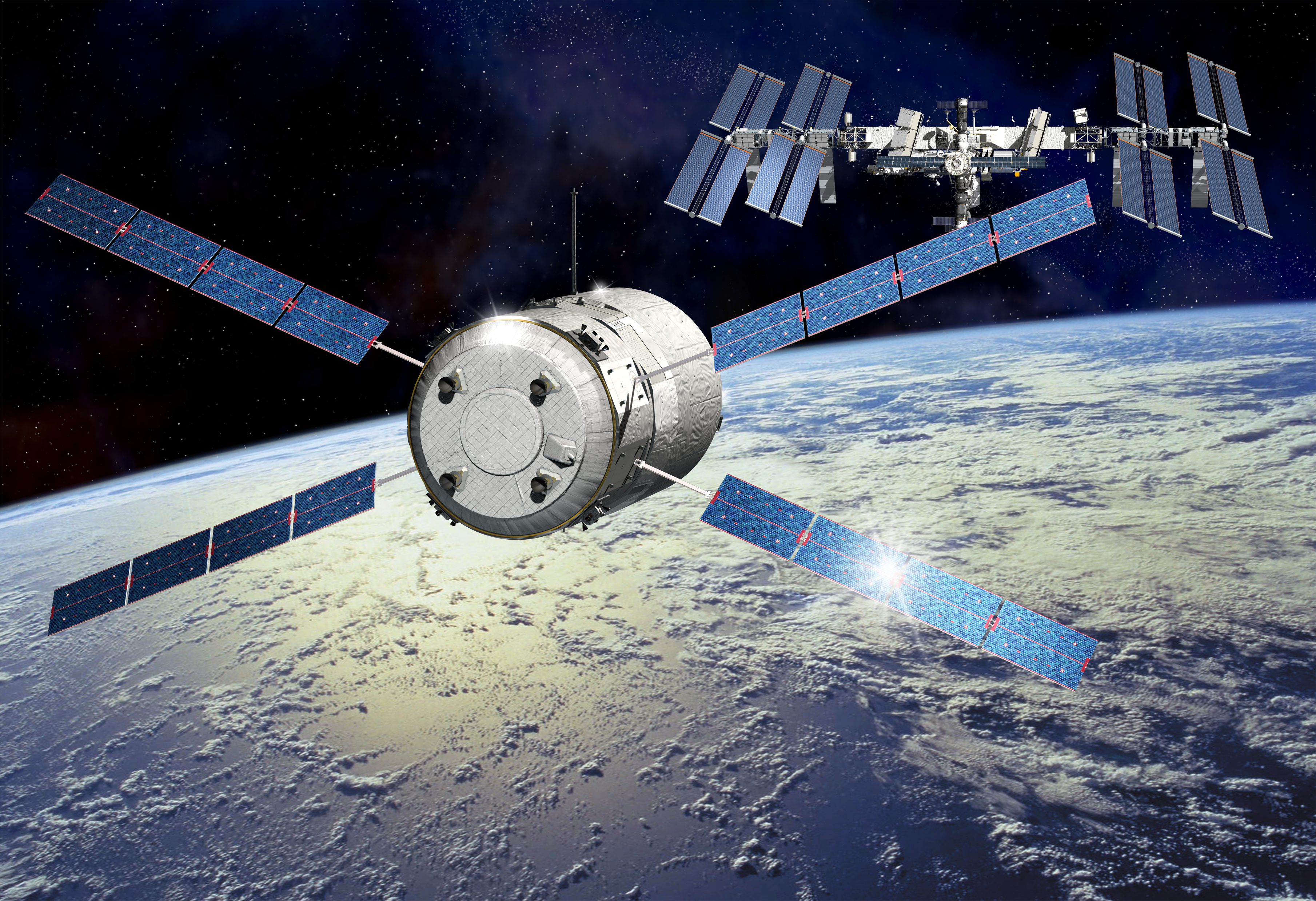1957: Sputnik and the Space Race
October 4, 1957, the first man-made Earth satellite sends a steady beeping signal on radio for everyone to hear. While its creator Sergei Korolev, his team and the whole Soviet Union celebrate this success, the people of the western world are stunned and terrified. With the technology to deliver satellites into space, the Soviet Union had an advantage over the United States. Although it looked like they had won, the race was not over yet. This battle of technology soon became a battle of ideology and a fight for prestige. Nonetheless without the Space Race, many technologies would not have been developed. First article of the series where we take a look back at the famed 'Space Race'.
ROCKETS?
Rocket technology is older than one would think. Already around 300B.C, Chinese used...




